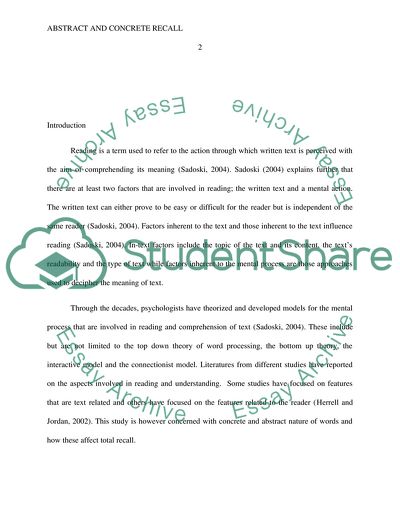Cite this document
(“Effects of Abstract and Concrete Total Recall on Undergraduate Research Paper”, n.d.)
Effects of Abstract and Concrete Total Recall on Undergraduate Research Paper. Retrieved from https://studentshare.org/psychology/1654230-effects-of-abstract-and-concrete-total-recall-on-undergraduate-students
Effects of Abstract and Concrete Total Recall on Undergraduate Research Paper. Retrieved from https://studentshare.org/psychology/1654230-effects-of-abstract-and-concrete-total-recall-on-undergraduate-students
(Effects of Abstract and Concrete Total Recall on Undergraduate Research Paper)
Effects of Abstract and Concrete Total Recall on Undergraduate Research Paper. https://studentshare.org/psychology/1654230-effects-of-abstract-and-concrete-total-recall-on-undergraduate-students.
Effects of Abstract and Concrete Total Recall on Undergraduate Research Paper. https://studentshare.org/psychology/1654230-effects-of-abstract-and-concrete-total-recall-on-undergraduate-students.
“Effects of Abstract and Concrete Total Recall on Undergraduate Research Paper”, n.d. https://studentshare.org/psychology/1654230-effects-of-abstract-and-concrete-total-recall-on-undergraduate-students.


